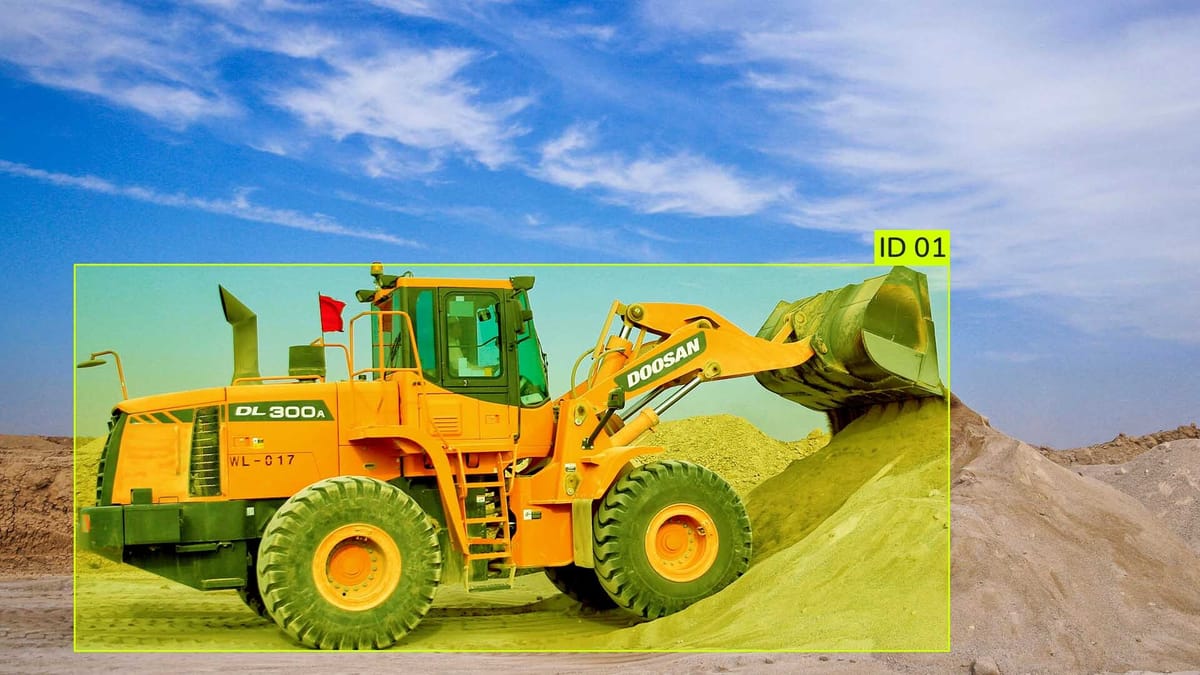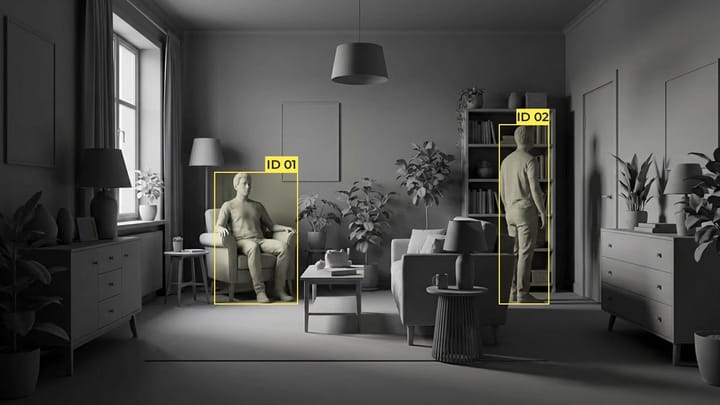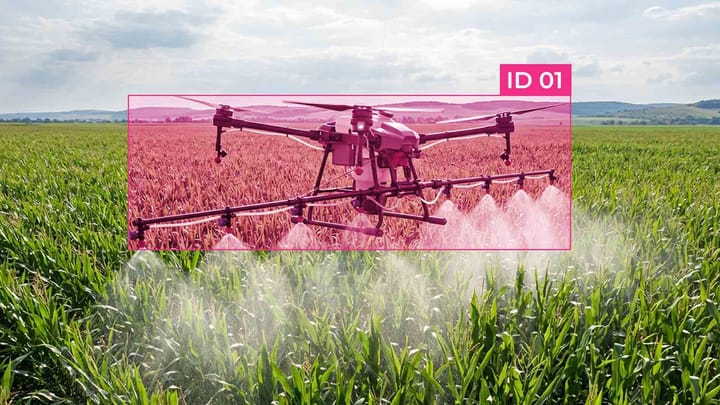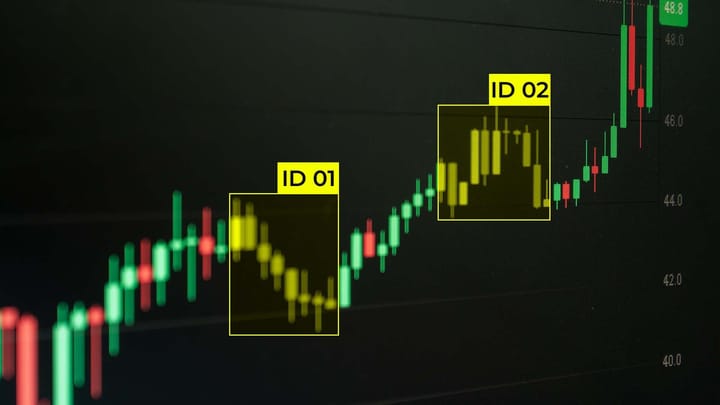Edge Computing for Computer Vision

The shift to localized intelligence transforms industries from manufacturing to healthcare, where split-second decisions based on accurate AI models can mean the difference between safety and disaster.
Organizations leverage on-premises processing to instantly analyze visual information, reducing their reliance on cloud infrastructure. This speeds up response times, which is important for applications like autonomous robotics or quality control. This approach addresses privacy concerns because data never leaves its source. Annotation workflows form the foundation of these systems. Properly labeled datasets train AI models to recognize patterns in real-world scenarios, from defective products on assembly lines to anomalies in medical scans. Combined with camera systems and PLCs, these solutions improve operational efficiency without costly overhauls.
Key Takeaways
- Real-time visual analytics on data sources enables faster response times.
- On-premise processing reduces cloud dependency and bandwidth costs.
- Annotation quality impacts AI model accuracy in dynamic environments.
- Seamless integration with existing hardware allows rapid deployment.
- On-premise data processing improves security compliance in regulated industries.
Understanding the intersection of edge computing and computer vision
The combination of localized data processing and visual recognition technologies is changing how machines interpret their surroundings. This synergy allows devices to analyze visual data instantly, which is important for scenarios where delays in decision-making compromise safety or productivity.
Enabling instant decision-making
Real-time analytics at the source eliminate the delays in transmitting data to remote servers. Industrial robots now adjust their movements on the fly using on-site cameras, benefiting from streaming inference that processes frames as they arrive. This immediacy is essential when millisecond delays mean avoiding collisions or stopping a production line.
Transforming transportation and manufacturing
Self-driving cars use onboard edge GPU systems to process road conditions faster than cloud-based AI models. This local processing is crucial in low bandwidth environments such as remote oil rigs. Onboard systems process road conditions faster than cloud-based AI models. Factories use these devices to detect defects by quickly scanning large quantities of products.
Bandwidth constraints disappear when processing remains local. Remote oil rigs monitor equipment using onboard cameras and transmit only important notifications instead of endless video streams. This approach reduces network costs while maintaining safety compliance.
Hardware improvements make these breakthroughs possible. Specialized chips process complex algorithms into essential tasks. As a result, the systems outperform traditional cloud models regarding responsiveness and reliability.
Image Annotation Basics for Training AI Models
AI systems start with accurate visual understanding. This process involves adding descriptive labels to visual content, allowing algorithms to interpret real-world scenarios.
Manual and Automated Annotation Approaches
Human expertise is essential for complex labeling tasks. Humans analyze medical scans or industrial components and discover subtle patterns that algorithms might miss. This method provides accuracy but takes more time than automated solutions.
Algorithmic labeling speeds up large projects. Pre-trained models classify everyday objects in retail photos or street scenes in seconds. While these systems are fast, they struggle with ambiguous shapes, a key problem in biological research or custom manufacturing.
Hybrid workflows bridge this gap. Automated labeling reduces workload, while human verification maintains high quality. The choice depends on the project's complexity and specifics.
Edge Detection Methods and Their Impact on Annotation
Determining object boundaries is the foundation of intelligent visual systems. This allows AI models to accurately interpret shapes and spatial relationships, an important factor in generating reliable training data. Edge detection is critical for object tracking in video analytics, where real-time boundary recognition enables accurate scene understanding.
Sobel, Kannada, and Laplace Methods
The Sobel operator uses paired 3x3 grids to represent horizontal and vertical gradients. Calculating pixel-by-pixel intensity changes creates detailed edge maps while maintaining computational efficiency. Industrial quality control systems combine this method with edge detection workflows to quickly identify defects.
The multi-step Kannada approach smooths the data using Gaussian filters and then applies double thresholds to distinguish between strong and weak edges.
Laplace methods excel when there are sudden changes in intensity. By measuring the zero crossings of the second derivative, they detect small details that operators often miss.
Prewitt and Roberts' Cross methods
The Prewitt and Roberts Cross methods are classic edge detection operators used in computer vision to highlight changes in brightness in images, which usually correspond to edges of objects.
The Prewitt method is based on calculating the brightness gradients of the image in the horizontal and vertical directions using two 3x3 masks. It estimates the change in pixel intensity and works well for images with low noise. Prewitt is more robust to noise than some other methods, due to the average weighting of neighboring pixels.
Roberts Cross is one of the oldest operators. It uses two small 2x2 masks to detect gradients along the diagonals. Its advantage is its sensitivity to brightness changes, but it is less robust to noise. Due to the simple filter structure, it is well suited for detecting sharp edges but does not cope well with smoother transitions.
Data annotation applications in healthcare, automotive, and retail
Medical teams achieve faster diagnostics with AI trained on annotated scans. Radiologists review AI-highlighted abnormalities on X-rays and MRIs, reducing the risk of errors.
The automotive industry relies on pixel-based mapping of the environment. Sensor data tagged with traffic and pedestrian patterns helps autonomous driving systems make decisions in seconds, reducing the risk of collisions compared to traditional navigation methods.
Retailers optimize inventory management with shelf scanning solutions. Cameras detect stock shortages using product-specific labels, triggering automatic restocking alerts.
Tools and technologies that optimize annotation workflows
Tools and technologies that optimize annotation workflows are important in scaling and improving the efficiency of AI applications. Modern annotation platforms combine automated algorithms, interfaces for manual labeling, quality management systems, and integration with machine learning pipelines. Platforms like Keymakr will allow you to customize for different types of annotation, from classification to semantic segmentation and 3D markup, taking into account the specifics of the data.
Automating annotations using pre-labeling and active learning is especially valuable in environments optimized for streaming inference, where fast labeling feeds continuous model improvement. Built-in quality control tools, such as inter-annotator agreement or multi-level validation, ensure the accuracy and suitability of the results.
In addition, modern technologies have cloud infrastructure, API integration with machine learning environments (TensorFlow, PyTorch), and the ability to collaborate in large teams. They support data versioning, performance analytics, and access control, which is important in medical or financial fields. Annotation tools that combine automation, quality control, and flexible integration are the basis for a scalable approach to creating high-quality training data.



Comments ()